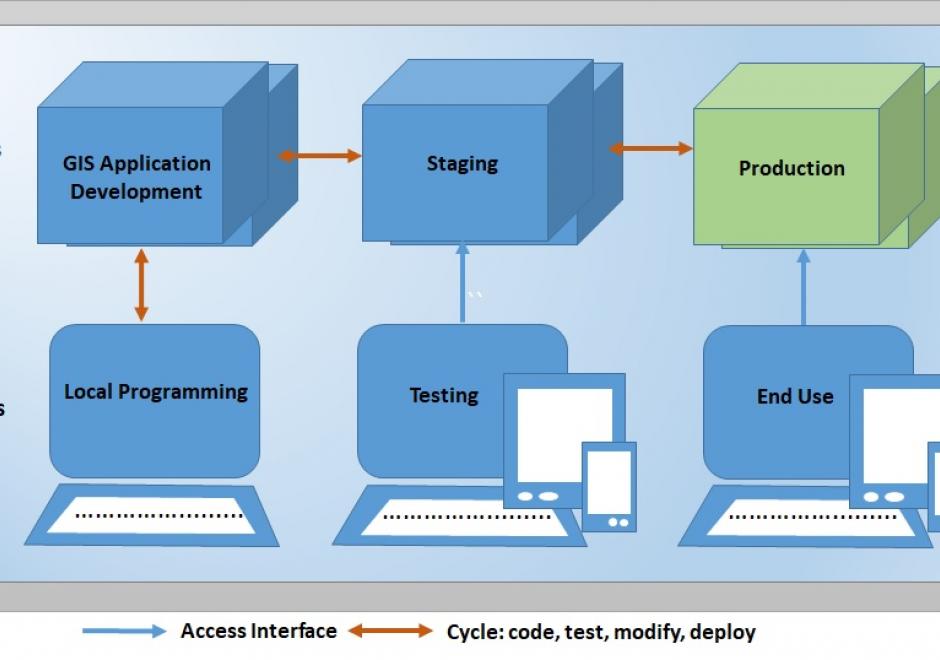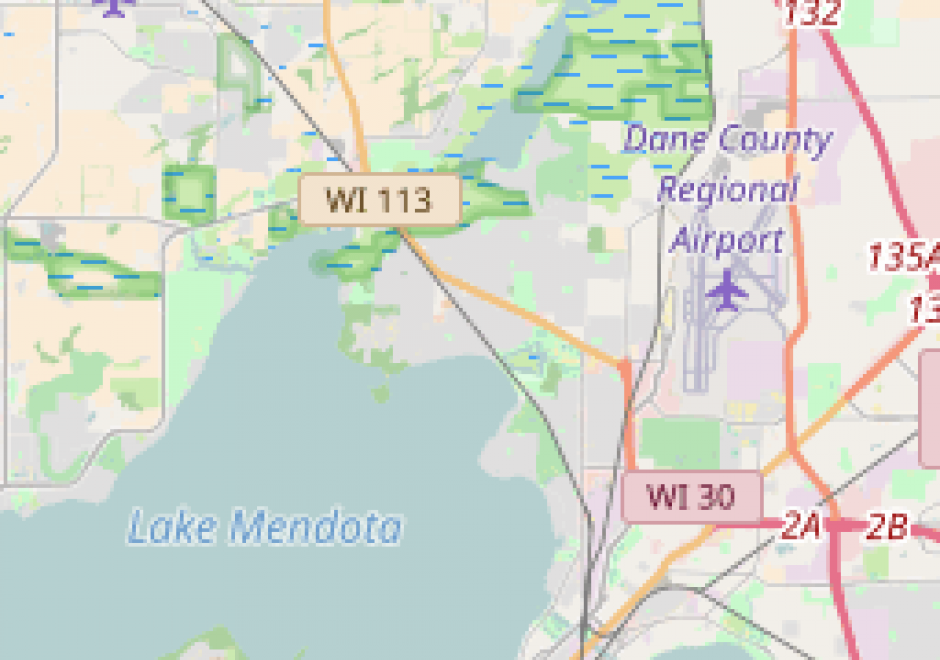CP-14 - Web GIS

Web GIS allows the sharing of GIS data, maps, and spatial processing across private and public computer networks. Understanding web GIS requires learning the roles of client and server machines and the standards and protocols around how they communicate to accomplish tasks. Cloud computing models have allowed web-based GIS operations to be scaled out to handle large jobs, while also enabling the marketing of services on a per-transaction basis.
A variety of toolkits allow the development of GIS-related websites and mobile apps. Some web GIS implementations bring together map layers and GIS services from multiple locations. In web environments, performance and security are two concerns that require heightened attention. App users expect speed, achievable through caching, indexing, and other techniques. Security precautions are necessary to ensure sensitive data is only revealed to authorized viewers.
Many organizations have embraced the web as a way to openly share spatial data at a relatively low cost. Also, the web-enabled expansion of spatial data production by nonexperts (sometimes known as “neogeography”) offers a rich field for alternative mappings and critical study of GIS and society.



AM-66 - Watersheds and Drainage Networks
This topic is an overview of basic concepts about how the distribution of water on the Earth, with specific regard to watersheds, stream and river networks, and waterbodies are represented by geographic data. The flowing and non-flowing bodies of water on the earth’s surface vary in extent largely due to seasonal and annual changes in climate and precipitation. Consequently, modeling the detailed representation of surface water using geographic information is important. The area of land that collects surface runoff and other flowing water and drains to a common outlet location defines a watershed. Terrain and surface features can be naturally divided into watersheds of various sizes. Drainage networks are important data structures for modeling the distribution and movement of surface water over the terrain. Numerous tools and methods exist to extract drainage networks and watersheds from digital elevation models (DEMs). The cartographic representations of surface water are referred to as hydrographic features and consist of a snapshot at a specific time. Hydrographic features can be assigned general feature types, such as lake, pond, river, and ocean. Hydrographic features can be stored, maintained, and distributed for use through vector geospatial databases, such as the National Hydrography Dataset (NHD) for the United States.